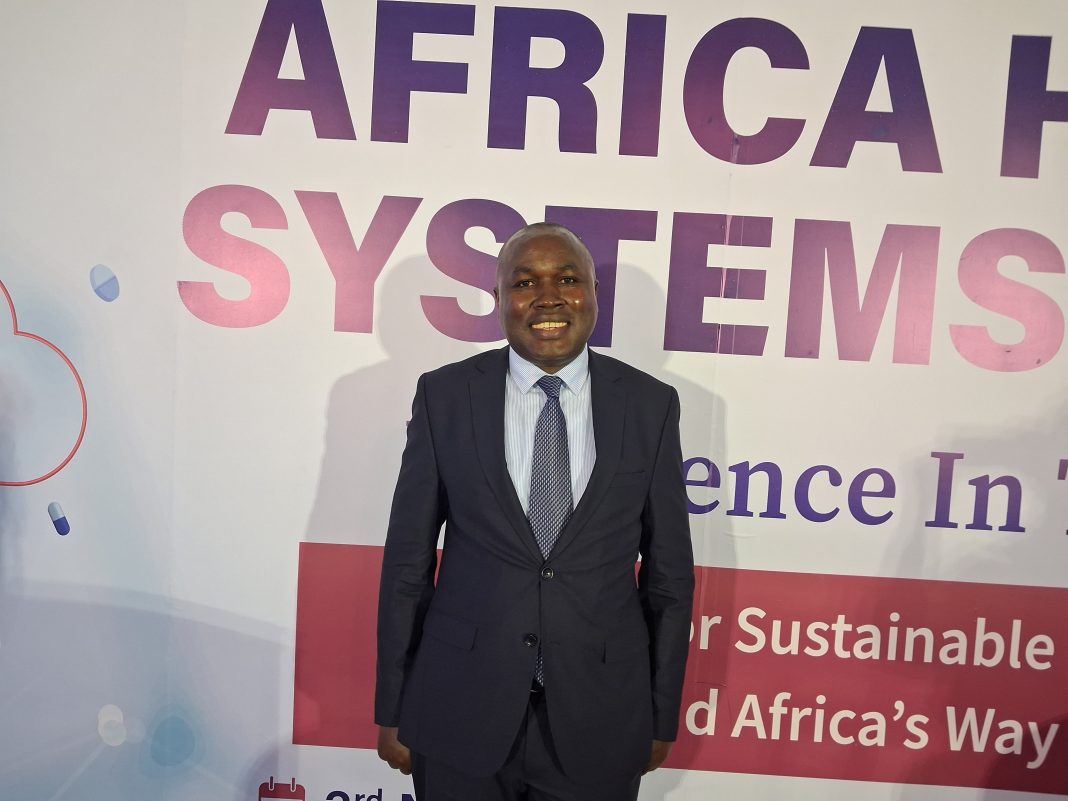By Sharon Atieno
Amidst dwindling donor funding in the health sector, integration of services remains crucial to ensuring that the progress made in the fight against HIV is not reversed.
Douglas Bosire, the acting CEO of the National Syndemic Disease Control Council (NSDCC) said during the Africa Health Systems Forum 2025 in Nairobi, Kenya’s capital. The Forum was themed ‘The Case for Sustainable Health Financing and Africa’s Way Forward.’
Donor funding has contributed significantly to Kenya’s progress in HIV treatment and prevention. As of 2024, 98% of the approximately 1.4 million people living with HIV know their status, 98% are on treatment and 94% have achieved viral suppression.
However, the stop order implemented by the United States (US) government in early 2025 nearly threatened this progress. Besides the Global Fund, the US is the second largest contributor to HIV funding in Kenya.
Calling for integration of services, Bosire notes that verticalization and siloing of programs are proving inefficient with the current funding crisis.
“You’ll find a comprehensive care clinic (CCC) for HIV, a TB care centre, outpatient department (OPD) in the same public facility. The human resources working in these areas have never crossed to the other side to see what is happening, yet they have been trained to manage other diseases,” he said, noting that the same human resources can be utilized for a broader reach.
He also called for the need to integrate specialized health programs, such as those targeted for key populations (KP), into the general public health system. These include men who have sex with men, female sex workers and others.
“These stand-alone facilities have healthcare workers who can be of benefit to the entire general public,” Bosire said. “Let us integrate so that the client can be seen from a patient-centered approach, rather than from a disease-fragmented perspective.”
So far, more than 70% of facilities in the country have integrated their services, he said, noting that this has improved efficiencies in the counties.
“We have realized the efficiency in terms of minimizing wastage of these duplicated interventions, human resources, physical facilities, health product systems, and health information systems,” Bosire stressed.
Despite this, he observed, there is still work being done to ensure that the integration process is smooth. One significant challenge highlighted is the efficient management of health products and technologies.
He observed that there are issues in the supply chain, such as fragmented commodity distribution systems, which are being worked on. Commodities from the United States are supplied through the Mission for Essential Drugs and Supplies, while Global Fund and Government of Kenya commodities are supplied through the Kenya Medical Supplies Authority (KEMSA). This led to stockouts and distribution problems for essential supplies like Nevirapine, an anti-retroviral drug, during the stop order.
Earlier in the year, the third Kenya Strategic Framework for HIV and other syndemic diseases was officially rolled out. This policy document will usher in new strategic pathways for a country-led and resilient response through 2030 and beyond.






